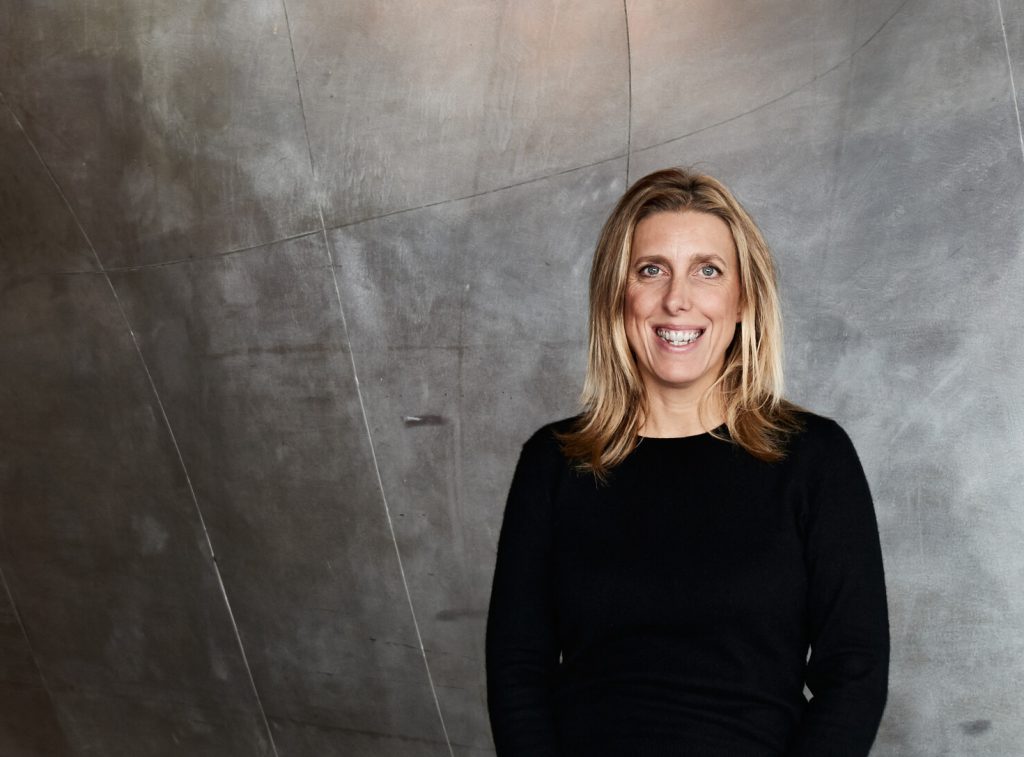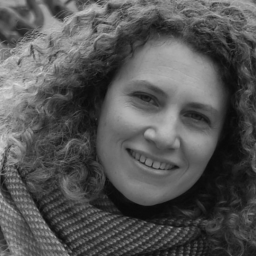On the hottest day of a record-breaking heatwave scorching through Europe this summer, Emma Lavigne, CEO of the Pinault Collection, walked around her office at the Bourse de Commerce museum in Paris, and opened all the windows and doors, letting in a draft of warm air.
The breeze drifting through the monumental structure—closed to the public that day with the air conditioning off —helped her feel connected, she explained, to what was going on in the concentric, winding art galleries that form the former Paris stock exchange.
It was hard not to see Lavigne’s instinctive reconfiguration of the office atmosphere as a small nod to her curated exhibits: multi-sensory shows where wind, temperature, sounds, and smells can all come into play.

Anri Sala, Time No Longer, 2021. Pinault Collection © Anri Sala / Adagp, Paris, 2022. Photo Aurélien Mole
The museum’s current season, titled “Une Seconde d’Eternité,” is the first curated by Lavigne since she joined the Collection a year ago. The shows, Lavigne noted, “invite us to feel air in the exhibition space, to feel the sun’s path across the sky dome,” referring to large fans and heliostats redirecting sunlight in an installation by Philippe Parreno (in collaboration with musicians Arca, Nicolas Becker, and Bronze) and Tino Sehgal, under the museum’s 19th-century copula. Artist Anri Sala now has his turn in the rotunda, with the exhibit “Time No Longer” that opened last Friday, October 14.
Lavigne is in a position of historic potential: she is head of the French billionaire François Pinault’s three museums—the Bourse de Commerce in Paris, Punta della Dogana, and the Palazzo Grassi in Venice—which draw on Pinault’s collection that numbers more than 10,000 pieces of art, in addition to an artist residency in Lens and other projects. The Bourse de Commerce in particular is hailed as a monumental touchstone to the French capital’s percolating contemporary art scene. The city, in the midst of a “rebirth” as some in the French capital call it, is also about to mark a milestone with the inauguration of Paris + by Art Basel art fair, which opens next week.
“I can feel it,” said Lavigne of the city’s new artistic energy. “We are a country where Europe and its values continue to mean something, and luckily, we haven’t fallen into populism,” she said.
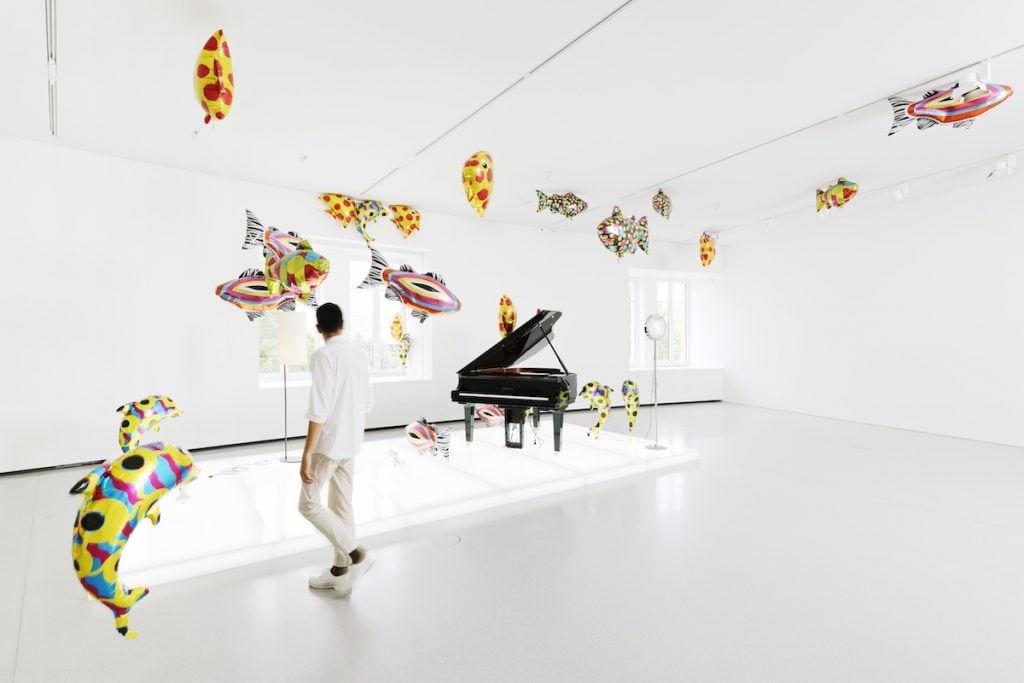
Philippe Parreno’s Quasi Objects: My Room is a Fish Bowl, AC/DC Snakes, Happy Ending, Il Tempo del Postino, Opalescent acrylic glass podium, Disklavier Piano, (2014-2022) Pinault Collection. © Philippe Parreno Exhibition view, “Une seconde d’éternité.” © Tadao Ando Architect & Associates, Niney et Marca Architectes, agence Pierre-Antoine Gatier. Photo: Aurélien Mole. Courtesy Pinault Collection.
An Upward Spiral
Despite being in the spotlight, Lavigne, whose career was formed in French public institutions, seems determined to stay grounded.
It’s one of the many personable qualities that stands out when speaking to the art historian born in 1968, the year student protests brought Paris to a halt. A child of intellectuals, Lavigne was raised on the arts, with a special love for music, as the French media has reported. She told Artnet News that she belongs to a generation of people whose feminist mothers didn’t approve of Barbies “because that propagated stereotypes.” Rather than worry about fitting into rigid gender categories, “we just wanted to express what we wanted to do or say,” said Lavigne.
Lavigne also partly addressed unfair standards women still face— Lavigne’s own colorful outfits have been a subject in the French media’s past reports about her, a fact she finds “bothersome” given that such commentary is not given to her male peers.
She has been on an upward spiral over the last years. Lavigne has left a trail of boundary-busting curated exhibitions, combining her curiosity for dance, music, and visual arts, most recently as president of the Palais de Tokyo where she co-curated an acclaimed Anne Imhof exhibit last year. Before that, she was head of the Pompidou-Metz, a curator in the Centre Pompidou, the Cité de la Musique, and, in 2017, she ran an acclaimed edition of the Lyon Biennale on a shoestring budget.
While Lavigne’s curatorial trajectory continues to unfold at full stride, her days of slim, public-funded budgets are not. Pinault founded the Kering luxury group, with a portfolio that includes Gucci, Saint Laurent, and Alexander McQueen. He also owns the auction house Christie’s.
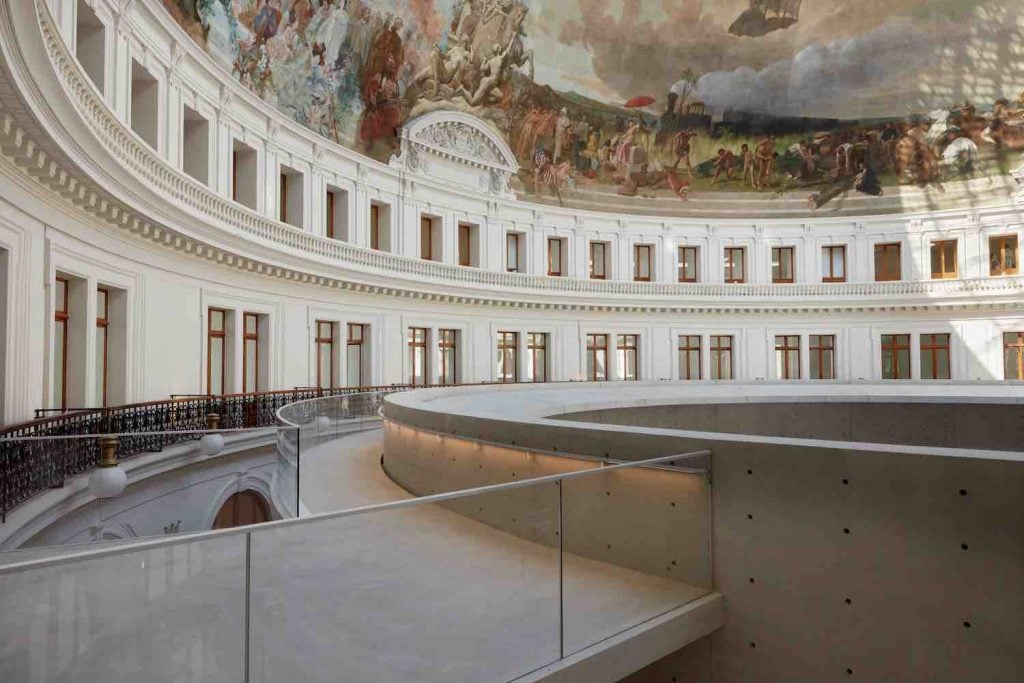
Bourse de Commerce—Pinault Collection © Tadao Ando Architect & Associates, Niney et Marca Architectes, Agence Pierre-Antoine Gatier. Photo by Maxime Tétard, Studio Les Graphiquants, Paris.
Lavigne’s move from the public to the private sector, with close ties to the fashion world, is a sensitive topic in state-centric France, where concerns that national institutions are losing out to deep-pocketed private counterparts still ruffles feathers. But, “this is exactly the same job, whether I work in public institutions, or in a private one,” said Lavigne. “We need to overcome certain boundaries. When you’re in New York, you don’t wonder whether the Whitney or the MoMA or the Met are public or private, you go there and enjoy.”
Pulling out large catalogs and eagerly flipping through examples of works in the collection, including that of artist Tacita Dean, who will have a show at the Bourse de Commerce next spring, Lavigne dove into various poetic musings the collection has inspired. She wishes to collaborate on installations that can transform institutional architecture. The museum “is a challenging space,” she said. “It is not a white cube.”
The Bourse de Commerce is becoming the place “to propose a new kind of contemporary art experience,” Lavigne added with a collection that is “a living material.” She added that Pinault hopes that the Bourse de Commerce can be the most generous institution possible, one that “goes beyond any preconceived ideas we might have of an exhibition space.”
The current, engrossing season of shows at the Bourse de Commerce, on view until January 2, 2023, includes works by artists such as Dominique Gonzalez-Foerster, Wolfgang Tillmans, Miriam Cahn, and Carrie Mae Weems, to name a few. The following season, “Avant l’orage,” (Before the storm) opens early 2023, and “directly addresses the question of climate deregulation and the existence of seasons,” said Lavigne. Meanwhile, “At Dusk,” a major exhibition of photographs by Ukrainian artist taken in his native town of Kharkiv, opened last Friday, October 14.

Boris Mikhaïlov, At Dusk, (1993). Pinault Collection © Boris Mikhaïlov / Adagp, Paris, 2022. Photo Aurélien Mole
Given such a rich program, it is safe to say that the country’s past reluctance “to embrace private cultural initiatives” has evolved, noted Lavigne, who feels the local art scene “understands” that the arrival of private institutions “creates a remarkable synergy that compliments existing public” ones. Indeed, private museums are credited with playing an outsized role in attracting the international attention that France’s contemporary arts scene and market are now enjoying.
Yet France’s public museums are nevertheless facing real hurdles. Citing “complicated” issues they face, Lavigne pointed to the sky-high costs of certain art forms, and exhibition-related jobs, set to only increase with inflation and the energy crisis. “While it’s important to have very large exhibitions, it’s also necessary to resist [them], and to learn how to do projects with less money.” What’s more, she added, exhibiting collections like Pinault “need to support emerging creation, take risks, and bet on the future. It’s not solely the question of the art market.”
Addressing other urgent topics, she also insisted women artists should not be restricted to feminist exhibitions, as is often the case, and that a balance was needed in an era where identity politics have risen to the fore.
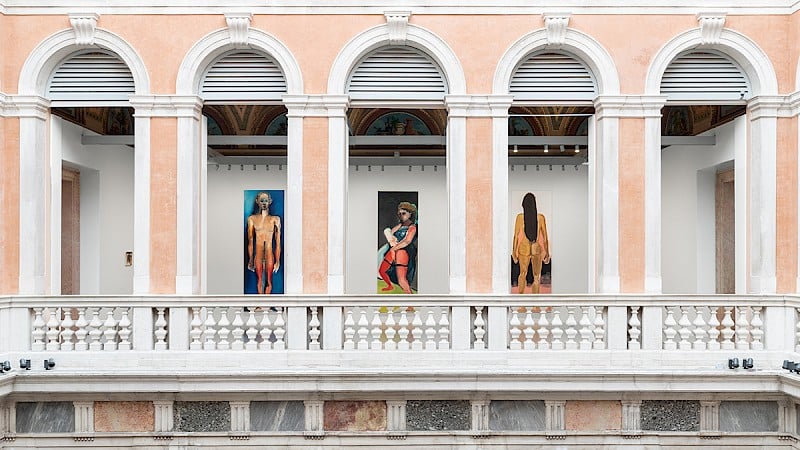
Installation view of “Marlene Dumas: Open-End,” at Palazzo Grassi, 2022. From left to right: Alien (2017), Pinault Collection; Spring (2017), private collection, courtesy of David Zwirner; and Amazon (2016), private collection, Switzerland. Photo: Marco Cappelletti with Filippo Rossi, © Palazzo Grassi, © Marlene Dumas.
“There’s a famous saying: ‘For women to count, you have to count women.’ Meaning, for [women] to really have visibility, we need to recruit women,” said Lavigne, adding museum staff at the Bourse de Commerce was practically at parity; in some areas, she’s recruiting men, because there are so few. Though the collection’s current program is also close to parity, Lavigne admitted that, like most other collections, “women are underrepresented and under-exhibited.”
When it comes to ethnic diversity within the collection, Lavigne said she was stunned when she first visited the collection and realized Pinault had deep relationships with notable Black U.S. artists, like David Hammons and Kerry James Marshall, some of whose works had entered his collection more than three decades ago. She commended his “extremely open vision on the questions of gender and race.”
This came despite the fact that the 86-year old “did not grow up in an environment where parents took their children to a concert, or a museum”, Lavigne said. “Art came later, and it changed his life. It transformed his vision of the world.”
More Trending Stories:
Jameson Green Won’t Apologize for His Confrontational Paintings. Collectors Love Him for It
Are You Sitting Down? A Ming Dynasty Chair Just Sold for $16 Million at Sotheby’s Hong Kong—Nearly 10 Times Its Estimate
For Its 30th Anniversary Gala, Robert Wilson’s Fabled Watermill Center Borrowed a Theme from H.G. Wells and Took a ‘Stand’
‘The More You Shut Up, the Better’: Painter Adrian Ghenie on Giving Up Trying to Control His Frankenstein’s Monster of an Art Market
Robot Artist Ai-Da Just Addressed U.K. Parliament About the Future of A.I. and ‘Terrified’ the House of Lords
